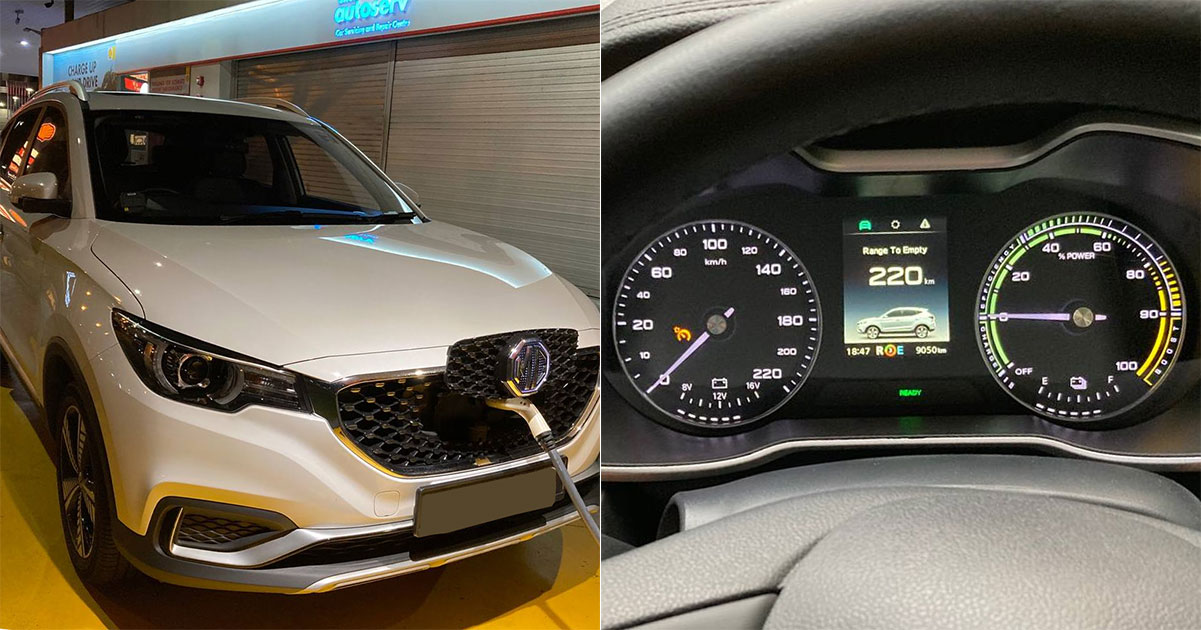I have driven many types of cars in Singapore.
Manual cars, seven-seater, 800cc hatchback, luxury car, SUV, and even a car that had clocked 320,000km mileage.
And they all had one thing in common: They ran on petrol.
Hence, as a petrolhead, I was tasked to drive an electric car for one week and provide an opinion on it, because if I am swayed by the pull of an electric vehicle, other petrolheads out there would be too.
Suffice to say, it was a task that was difficult to say no to.
Because given all the hype about EVs, the proof is in the pudding.
Disclaimer: The only electric car I have driven so far is a BlueSG car.
But that probably doesn’t cut it as a full-on electric car for many people because you cannot exactly own one and it is quite basic.
So, as part of this gig, I got to rent a relatively new entry-level S$138,000 MG ZS EV 100 per cent electric sports utility vehicle.
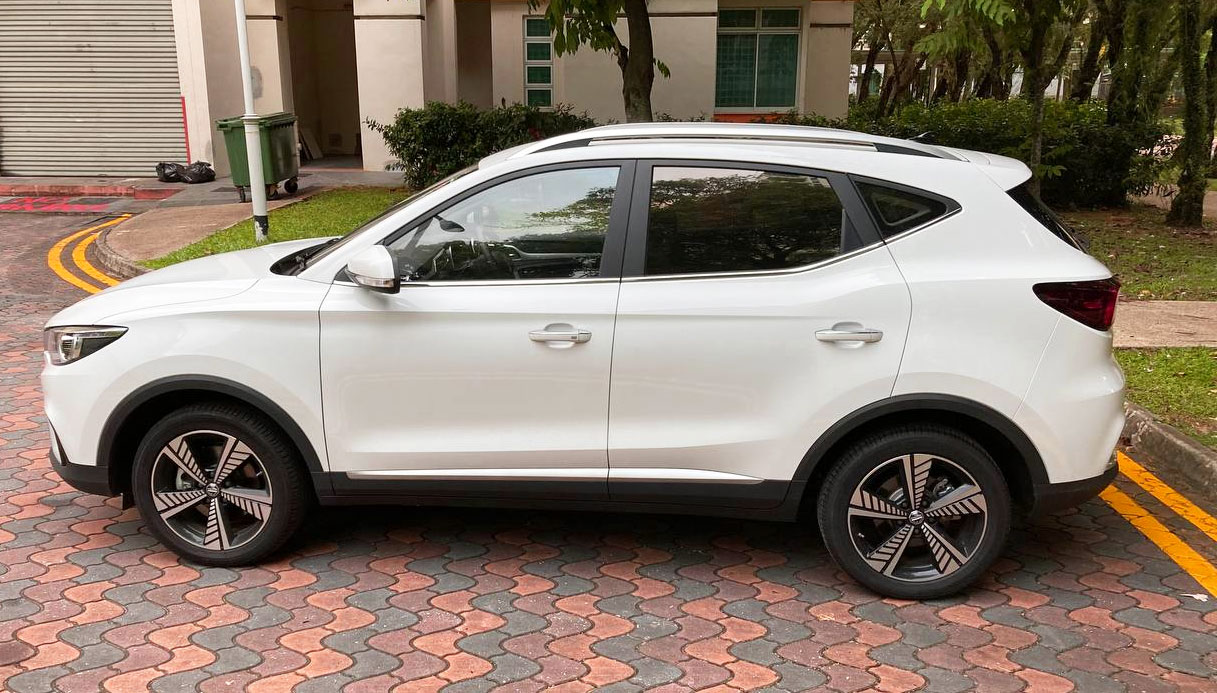
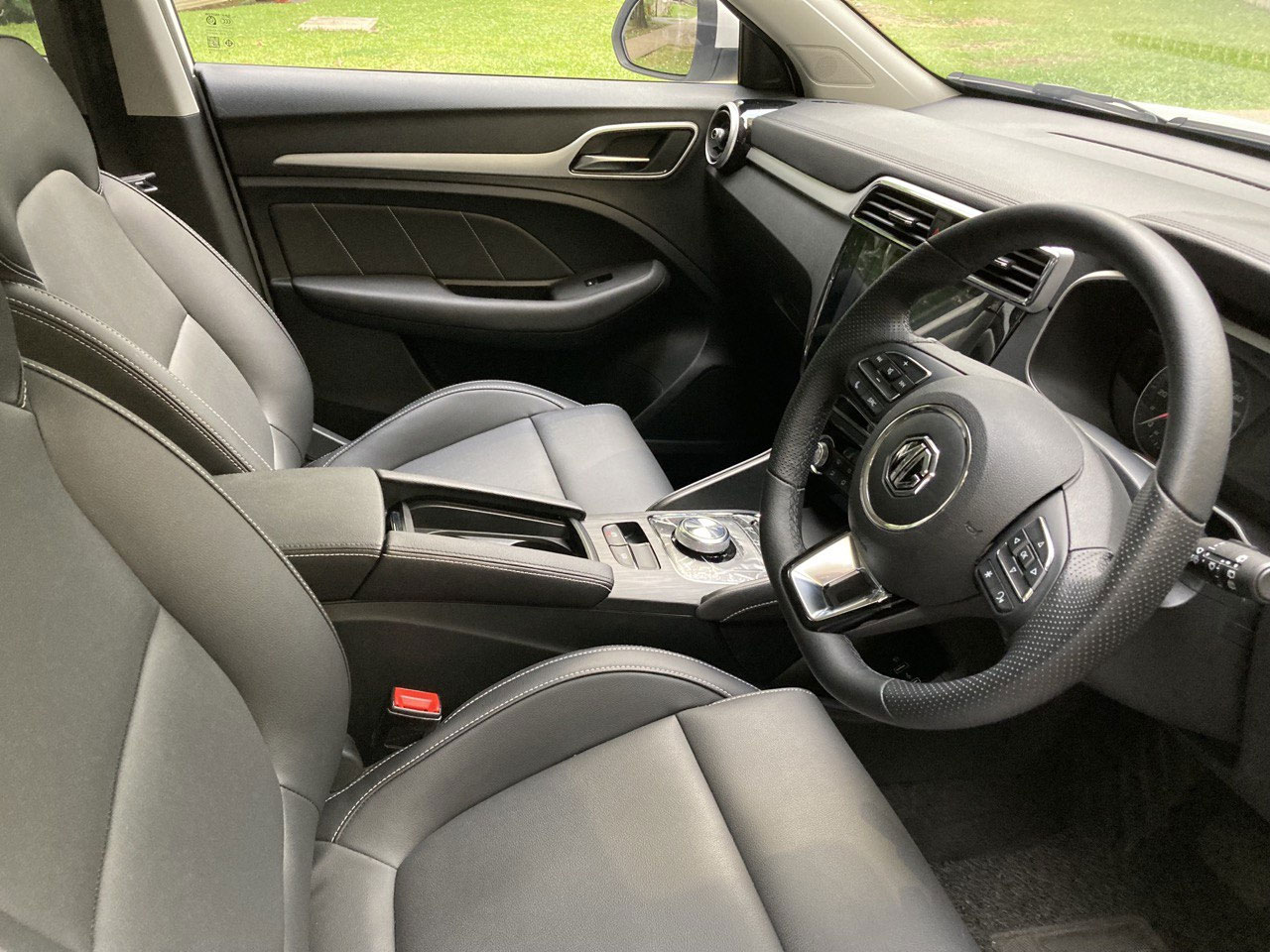
Here’s how it went after a few spins.
1. Electric vehicles are super silent
The most jarring aspect of sitting in an electric car the very first time is noticing how silent it is.
After turning on the car via a push-start button, the only audible hum in the EV is the sound of the air-conditioner working.
There is effectively no engine, but only a motor that does not even roar to life.
There is no ignition rumble, no tailpipe activity, and no other indication the car is ready to be driven – safe for the dashboard that lights up and chimes to inform you that you are ready to go.
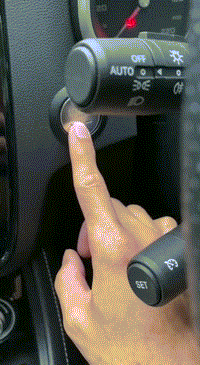
Twisting the dial from neutral to drive is all it takes to get going.
There is nothing to warm up, no lag in any of the gadgetry.
It is literally plug and play.
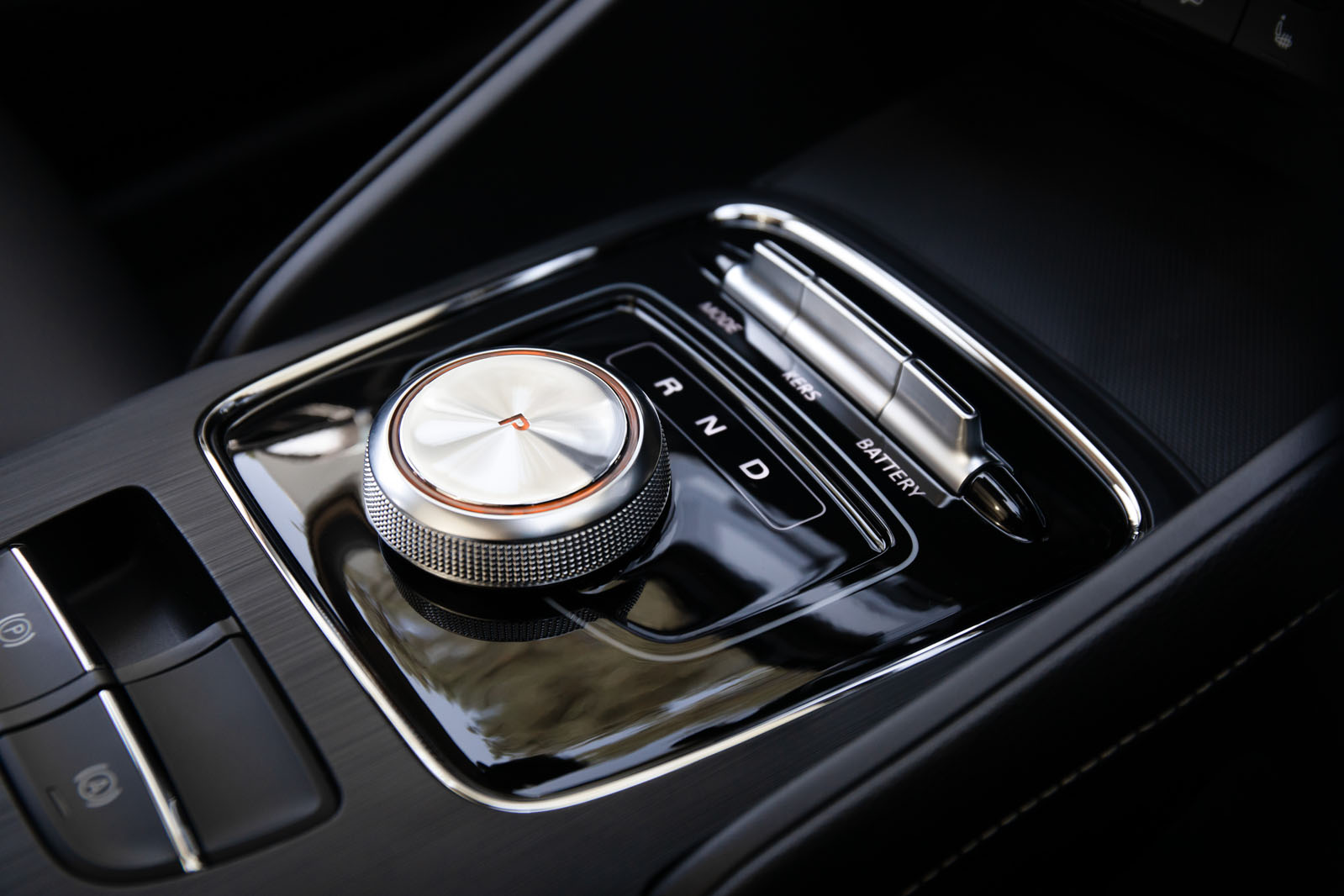
Spooky.
2. Frighteningly quick
Without an internal combustion engine and with no need to burn fuel, there is no revving required to build up torque and pick up speed.
And this is perhaps the EV’s greatest selling point.
You plant your foot down on the accelerator, and you can feel your face melt.
To go from zero to 100kmh takes only 8.2 seconds – in comparison, a petrol-fuelled Honda Vezel takes 11.6 seconds.
I went up to 90kmh because I am a law-abiding citizen and also because that is the speed limit in Singapore.
The electric motor, which is as big as an oversized watermelon, delivers power instantly, and relies on a single speed transmission.
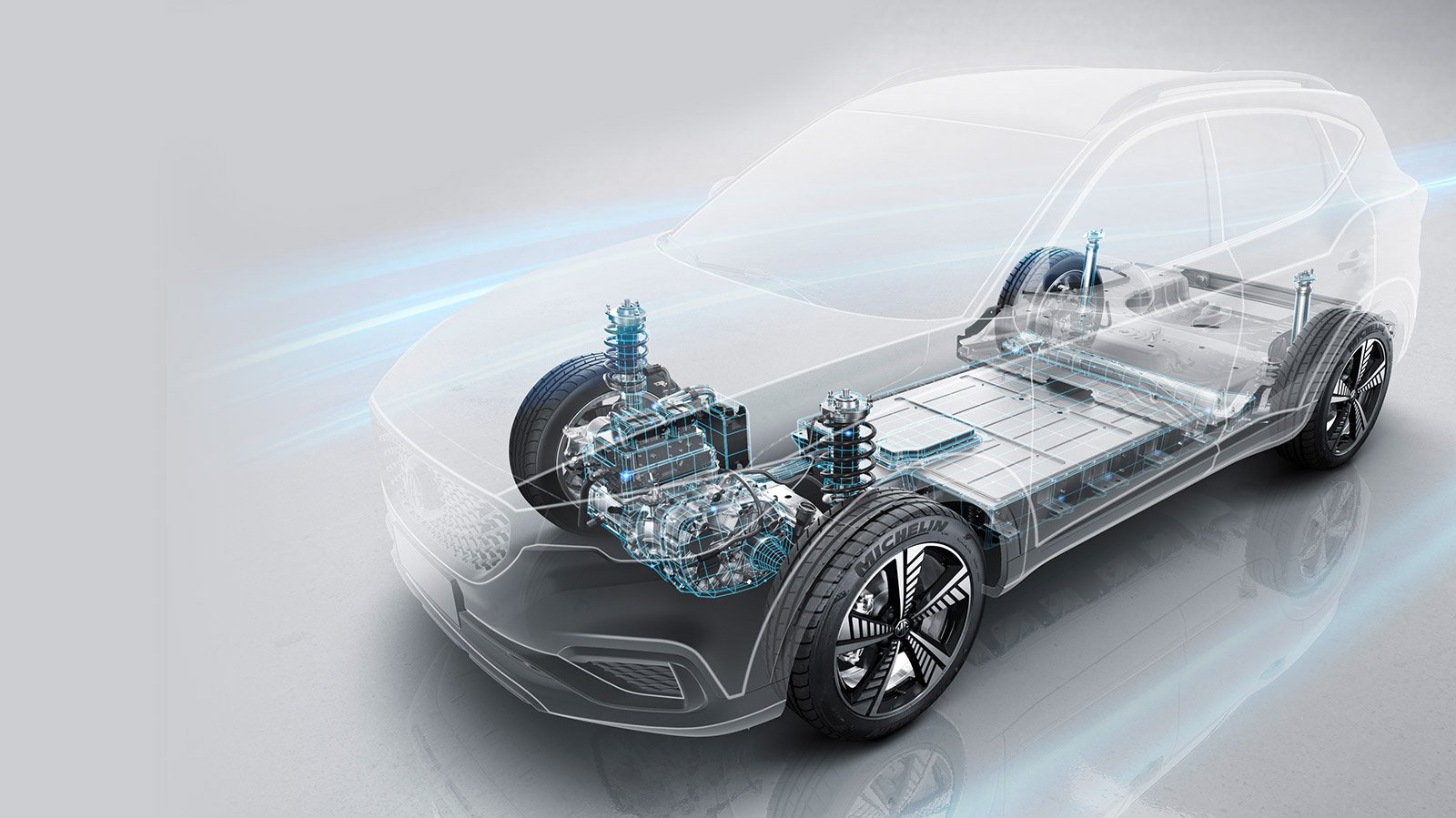 via MG.com.sg
via MG.com.sg
As there is no need to up or down gears, there is no jerky motion, no rattle and bobs, which are so frequently associated with driving a petrol-fuelled vehicle.
And to get a better sense of this miracle, I had to open up the bonnet to take a look even though I was not really sure what I should be looking for.
But since the EV was so silent, I half-expected that there was nothing underneath the bonnet.
Turns out, it was not the case.
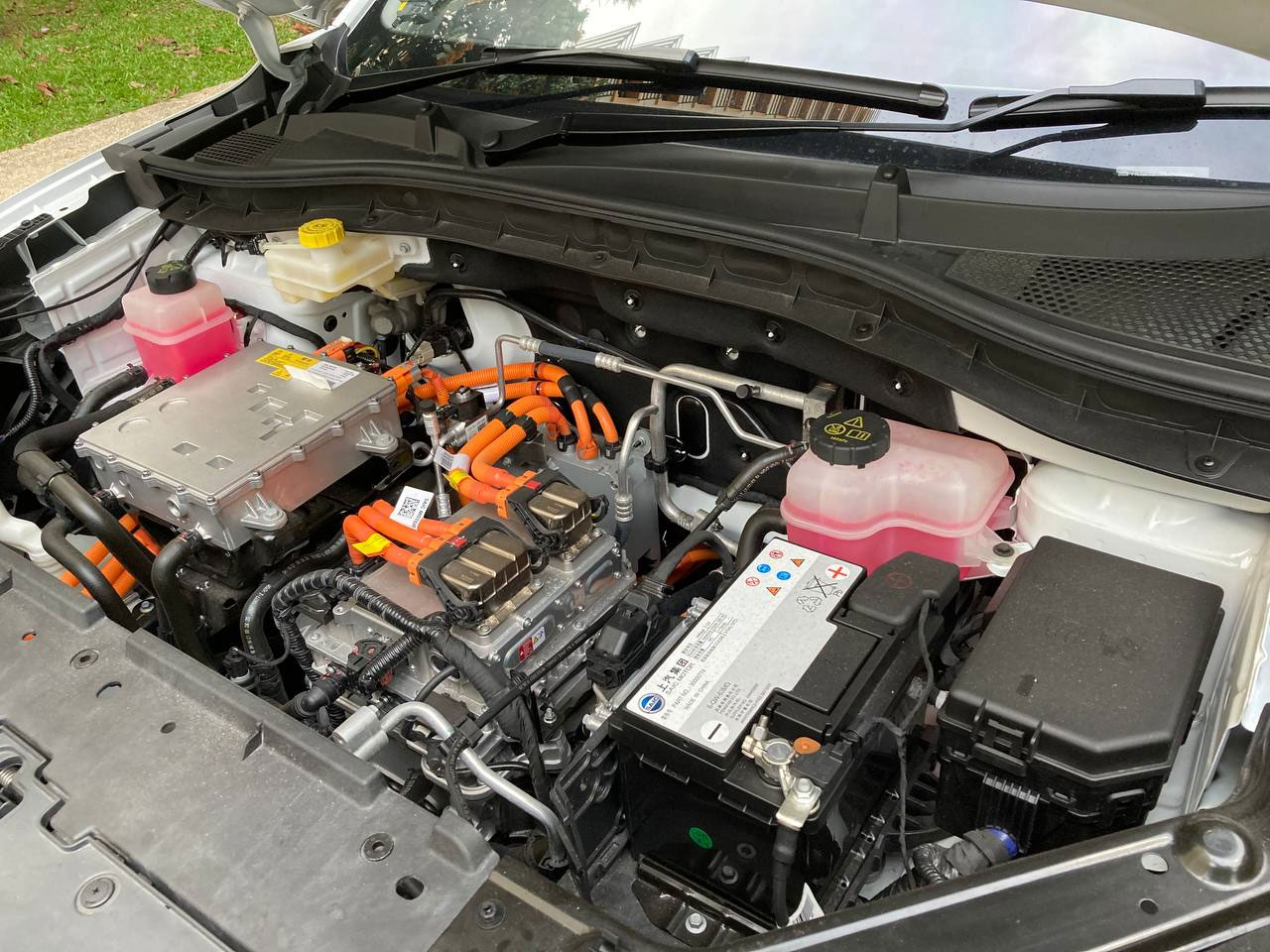
What I found though was that there was no heat detected and no greasy engine oil smells.
Everything appeared clean as a whistle.
The inside looks almost like your smartphone’s guts when you crack it apart.
3. Range of 300km
The biggest downside of EVs at the moment is the lack of range for some of the cheaper models.
A fully charged MG ZS EV, in this case, can travel about 300km on a full charge.
In comparison to a petrol saloon car, this is almost 25 to 30 per cent less range.
A petrol saloon car can usually go more than 400km before it requires topping up at the pump station.
But a range of 300km is more than enough for at least five days of driving around Singapore, if you clock 60km or so a day.
And, of course, there are existing EVs that have more than 400km range.
The good news is that how efficient you are as a driver has a bearing on how much range you have.
If you are heavy-footed, the chances of you reducing the range even further by accelerating and braking liberally are reflected clearly and transparently on the dashboard so you can make the conscious decision to go easier on the pedals.
The driver can also toggle between the sports mode – more responsive when you floor the acceleration – and eco mode – takes longer to accelerate – to determine what kind of a ride you want.
4. Recharging EV with electricity is cheaper than pumping petrol
This leads to the next point: The efficiency and convenience of recharging the EV at electric charging stations.
Despite only 1,740 electric cars added to Singapore roads in 2021, EV charging stations have sprouted up like mushrooms in anticipation of more cars going electric.
As of January 2022 , EV chargers have been installed at five HDB car parks in Jurong West, Punggol Central, and Yishun Avenue 9.
By September this year, over 600 charging points will be progressively deployed across over 200 public car parks.
And in three years’ time, nearly 2,000 HDB car parks will have charging points – at least three, and more, where there’s demand.
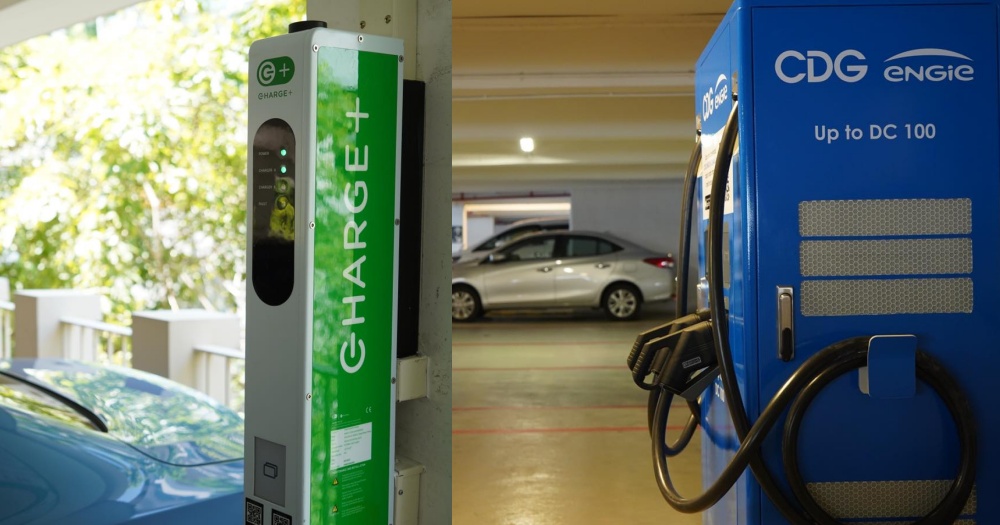
This is on top of some 2,300 existing EV chargers located across the island as of January 2022, such as at Shell petrol stations, offices and shopping malls.
A full charge of the MG ZS EV costs about S$18.
For a range of 300km, this works out to about S$0.06 per 1km.
A full charge takes about 80 minutes.
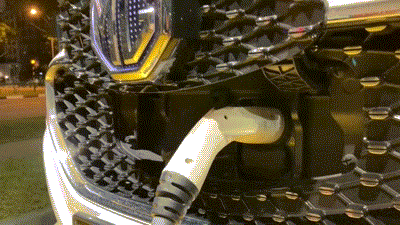
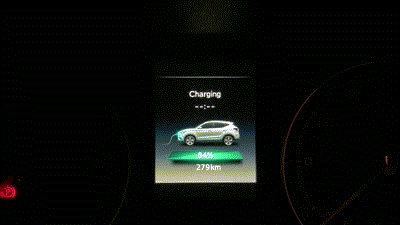
For a regular 1,600cc car, you can expect to pay S$90 for a full tank of petrol that will fulfil a range of 420km to 450km.
The cost is about S$0.20 per 1km.
The MG ZS EV is 66 per cent cheaper.
5. Maintenance of EV is hassle-free
As with all things with moving parts, EVs require regular maintenance – but they are easier to maintain than internal combustion engine vehicles.
One 2018 study showed that lithium ion batteries in EVs degrade at a rate of about 2.3 per cent per year.
Going by the math, they should be able to comfortably last anywhere from 10 to 12 years.
Otherwise, the battery, motor, and associated electronics require little to no regular maintenance as there are fewer fluids, such as engine oil, that require regular maintenance.
6. Regenerative braking takes care of the environment
One of the issues least frequently talked about, as it is the least sexy aspect about motoring, is braking.
Internal combustion engine vehicles contribute to greenhouse gas emissions by their mere existence, as well as a result of poor driving habits.
Drivers who brake and accelerate liberally tend to use more fuel when they drive.
Heavy-footedness is a hallmark of fuel wastage and suboptimal driver control.
EVs, as a solution, have been made to take advantage of regenerative braking – which means the car slows considerably the moment your foot leaves the accelerator.
Not only is brake wear significantly reduced due to regenerative braking, the natural process of the EV slowing down actually recharges its batteries – which are lined up along the bottom of the chassis of the car – and prolong its range.
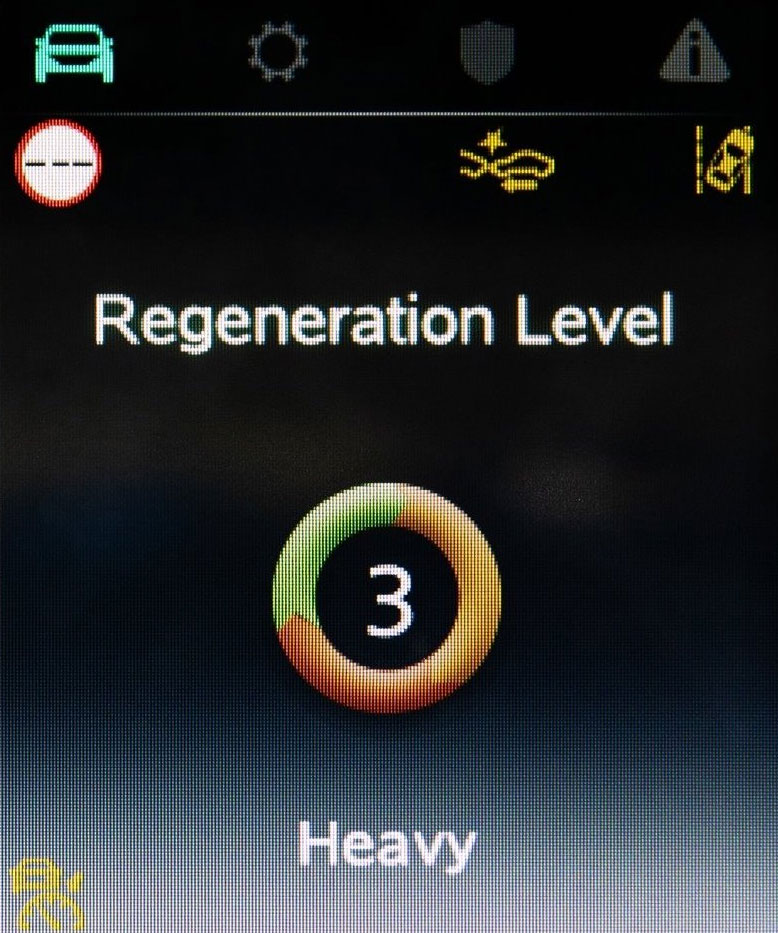
Verdict
There is no doubt that EVs are the future.
In terms of drivability, the sheer ability of doing away with the regular internal combustion engine has given EVs a unique driving experience unmatched by any cars before that are not electric.
Accelerating and taking corners in an EV are effortless and can leave you breathless.
Superficially, EVs also do take away a bit of the guilt when you do leave them idling.
On the plus side, there is very little noise pollution generated from such quiet rides when there are no pesky exhaust pipes that cough up smoke and wake entire neighbourhoods with their throttling.
You can also expect clearer air when more and more people switch to EVs.
At the moment, trying to accommodate the future by installing 60,000 charging points in public in Singapore by 2030 might be daunting to imagine.
But imagining the world sticking to combustion engine vehicles for good would be even more daunting.
And when a car is electrically powered, it is able to combine the use of sensors to make driving more fuss-free.
For example, the MG ZS EV can detect minute changes in the external environment.
A slight drizzle and the wipers turn on, and even driving under the shade would cause the headlights to be activated.
The best way to describe the EV is a smartphone with wheels.
Not only will driving an electric car be intuitive in the future, the future is most certainly electric.
This sponsored post was brought to you by the Ministry of Transport.
Writing this sponsored article on electric vehicles has fortified the writer’s belief that people who still insist on driving cars with loud exhaust pipes in the future might be compensating for something.
If you like what you read, follow us on Facebook, Instagram, Twitter and Telegram to get the latest updates.
